Jury Is Deadlocked on Whether Penny Is Guilty of Manslaughter in Michael Jackson Impersonator’s Subway Death: Judge Tells Them To Keep Deliberating
The jury asked for clarification on the definition of a ‘reasonable person,’ which could work in Mr. Penny’s favor.

The jury in the trial of Daniel Penny, the Marine veteran accused of killing a homeless Michael Jackson impersonator, Jordan Neely, on a New York subway last year, told the judge on Friday it was deadlocked on the first charge, second-degree manslaughter. The judge gave them what’s called an Allen Charge, directing them to continue their deliberations. The jury then sent another note, asking for a clarification on the definition of a “reasonable person” using “physical force” in a given circumstance.
“At this time we are unable to come to a unanimous vote on count one, manslaughter in the second-degree,” the note read, which the jury had sent on Friday shortly after 11am. The presiding judge, Maxwell Wiley, asked the defense and the prosecution to confer and let him know how he should proceed. He recommended giving the jury the Allen Charge, a court instruction given to a deadlocked jury to encourage them to reach a unanimous verdict.
After about thirty minutes, the attorneys returned and had not reached an agreement.
“We are moving for a mistrial,” the lead defense attorney, Thomas Kenniff, told the judge. He said that the jury had been deliberating for over 20 hours for four days in what he described as “a factually uncomplicated case.”

He admitted that there was “complicated medical testimony”, but he pointed out that the case did not involve a “multi-count RICO indictment or anything like that.”
“We are concerned that the Allen Charge in these circumstances would be coercive,” he said, adding that there was no “basis under law for partial verdict.” The judge had mentioned the possibility of letting the jury move on to the second count, negligent criminal homicide, if they were hung on the first, second-degree manslaughter. But before he would entertain that option, he said, he would instruct them to try to reach a unanimous verdict on count one. The judge’s initial instructions to the jury were to decide first if Mr. Penny was guilty of the more serious charge of manslaughter, and if he was not, to then decide if he was guilty of a lesser charge of criminal negligent homicide.
An assistant district attorney, Dafna Yoran, who is prosecuting the case on behalf of Alvin Bragg, the Manhattan district attorney, told the judge that the “People’s position is that the court should give an Allen Charge.”
“With the defense’s objection,” Judge Wiley said, “I have to give the so-called Allen Charge.” He did not agree with the defense that the case was not complicated, “I think it’s factually very complicated,” he said. “It’s not like a RICO case where the law is complicated also.” He also disagreed with the defense about the time frame, reminding the attorney that the jury began their deliberations on Tuesday afternoon, so in fact there were two and half days of deliberations and not four like the attorney had stated.
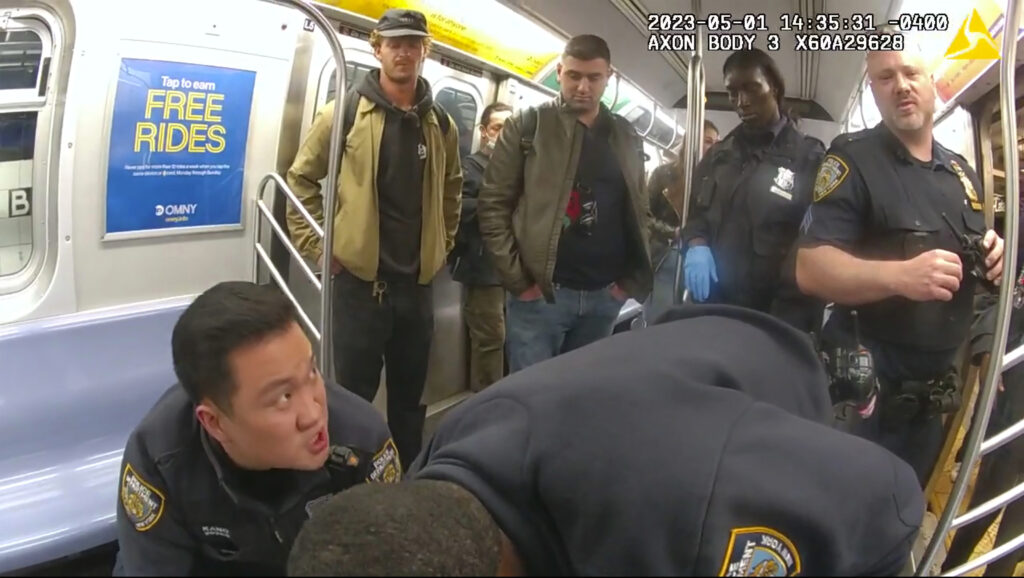
Ms. Yoran told the judge that the jury had “been working systematically.” And the judge agreed, saying “the tenor of the note is of an extremely conscientious jury … They’re clearly working in a very systematic way.”
Over the last two days, the jury sent numerous notes, asking to review key evidence and requesting readbacks of the testimony of the city medical examiner, who ruled that Neely’s death was caused by “compression of the neck”, with a colleague adding “chokehold” in parentheses.
The judge called the jury into the courtroom. He commended the jurors on their efforts. “You have been a very good jury,” he told them.
“I am not asking any of you to violate your conscience or disregard your judgment, but I am asking to consider to continue to deliberate with an open mind, be flexible… be willing to change your position if a re-evaluation of the evidence allows you to do that… I urge each of you to make every possible effort to arrive at a just verdict.”
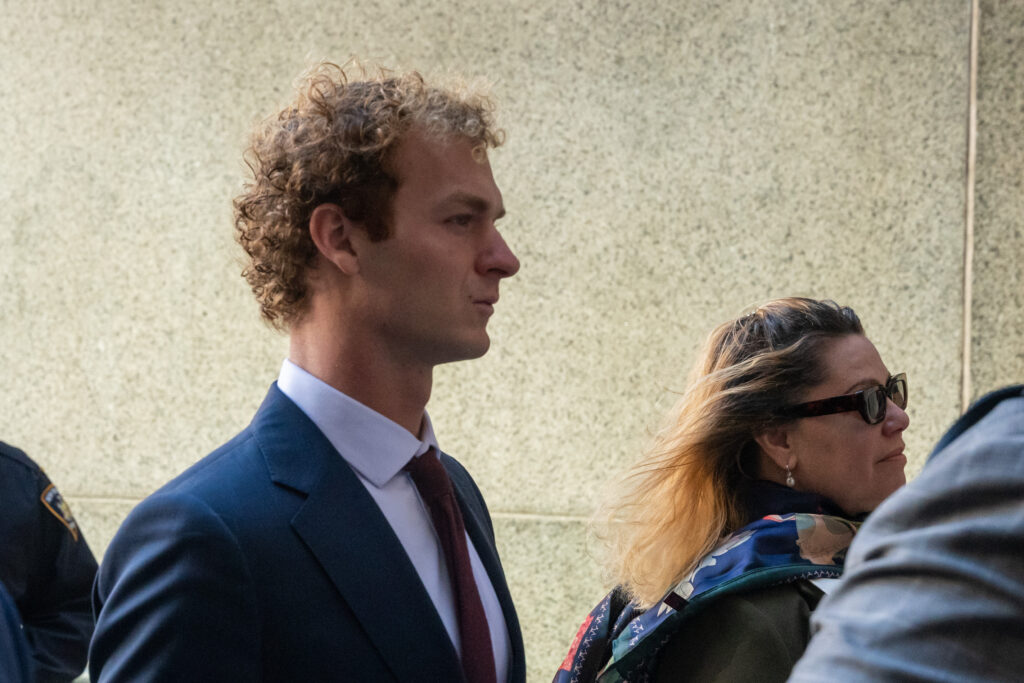
“If you can’t reach a unanimous verdict a new trial will have to be scheduled before a different jury,” he said, adding that usually, after further deliberations, juries are able to come to an agreement.
“I direct you to continue deliberations,” the judge concluded and offered the court’s help if the jurors had any further questions.
Shortly after, from the deliberations room, the jury sent another note.
“We the jury request further clarification in the determination of whether a person reasonably believes physical force to be necessary. The two part test mentions a reasonable person. We’d like to better understand the term reasonable person, if it’s possible.”
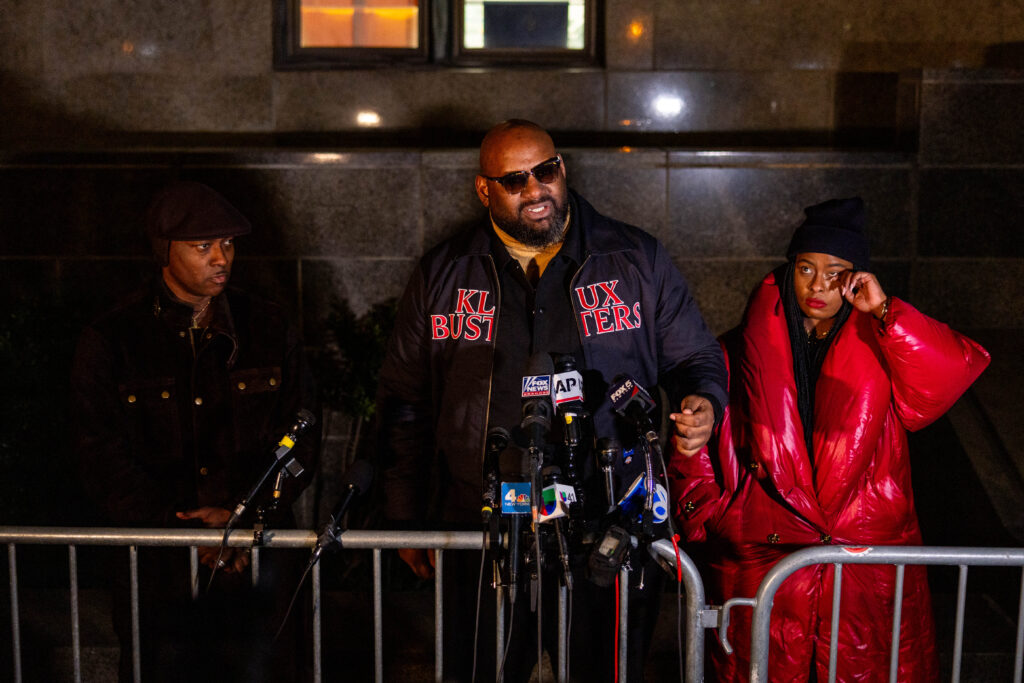
After a brief discussion with the attorneys, and consulting his law books, the judge called the Manhattanite jurors back into the courtroom. One by one they filed onto the bench, most holding opened notepads in their hands.
“It is up to you to decide what a reasonable person would do in this situation,” the judge said. But he didn’t leave the men and women, who are clearly seeking to reach a just and legally sound verdict, but are struggling to interpret and apply the legal terminology, hanging for too long.
“The question is what a reasonable person would do in that situation,” the judge clarified, and then led the jurors back to the part of his instructions which addressed justification, the legal argument for self-defense and / or the defense of others.
“As you know, the determination of whether a reasonable person believes to defend himself or someone else, requires the application of a two part test,” he reminded the jury. He had read them his instructions twice, once on the day they began deliberations, and then on Wednesday when they asked for a readback of part two of the instructions.
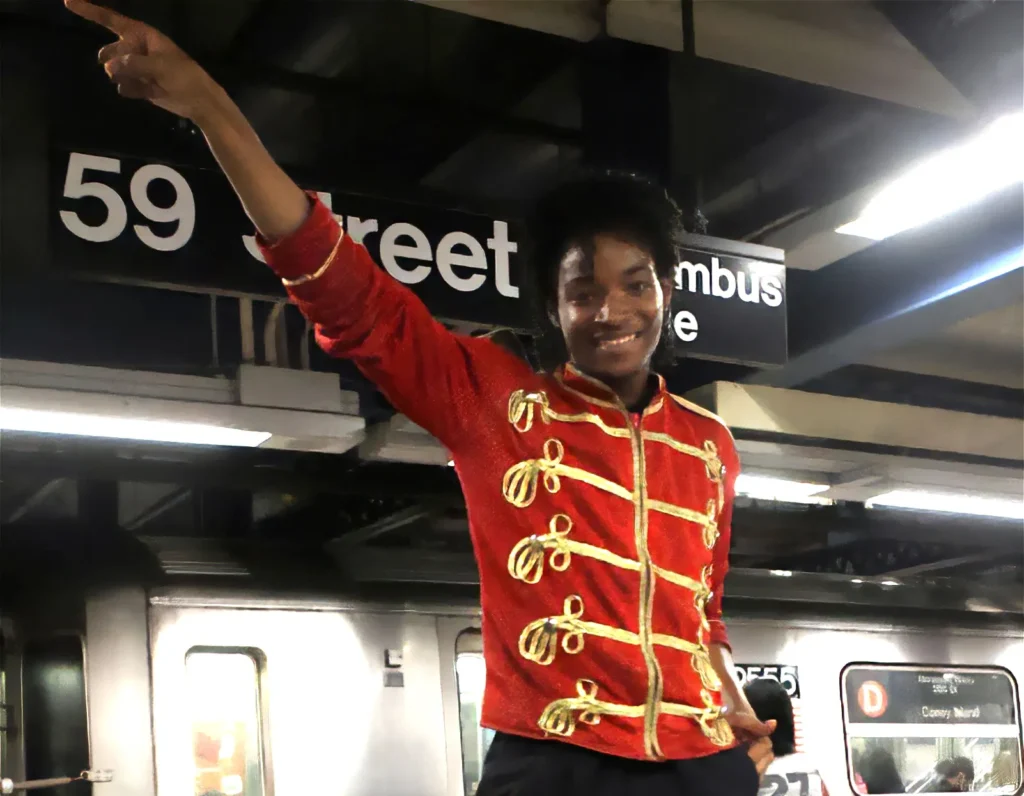
“The defendant must have actually believed that Jordan Neely was about to use physical force on him or on someone else,” the judge explained. “That’s kind of a subjective determination. What did the defendant believe?”
The judge empathized that it was important to determine whether or not the defendant was “honest” in his belief, “even if he was mistaken.” For example, if he believed “honestly” that Neely would hit someone, the sincerity mattered more than the fact that Neely did not in fact hit anybody, but that Mr. Penny believed Neely would use physical, or even deadly force, then his actions, trying to prevent that, were justified.
“As I said, this is kind of a subjective determination,” the judge repeated. And then he went to the next step, where the jury must determine if a reasonable person, knowing what the defendant knew and being put in the same circumstance, would have acted the same way.
“That is a bit more of an objective determination,” the judge said, and further reminded the jury that the burden to prove that Mr. Penny was “unjustified” in his actions lay on the prosecution’s side.
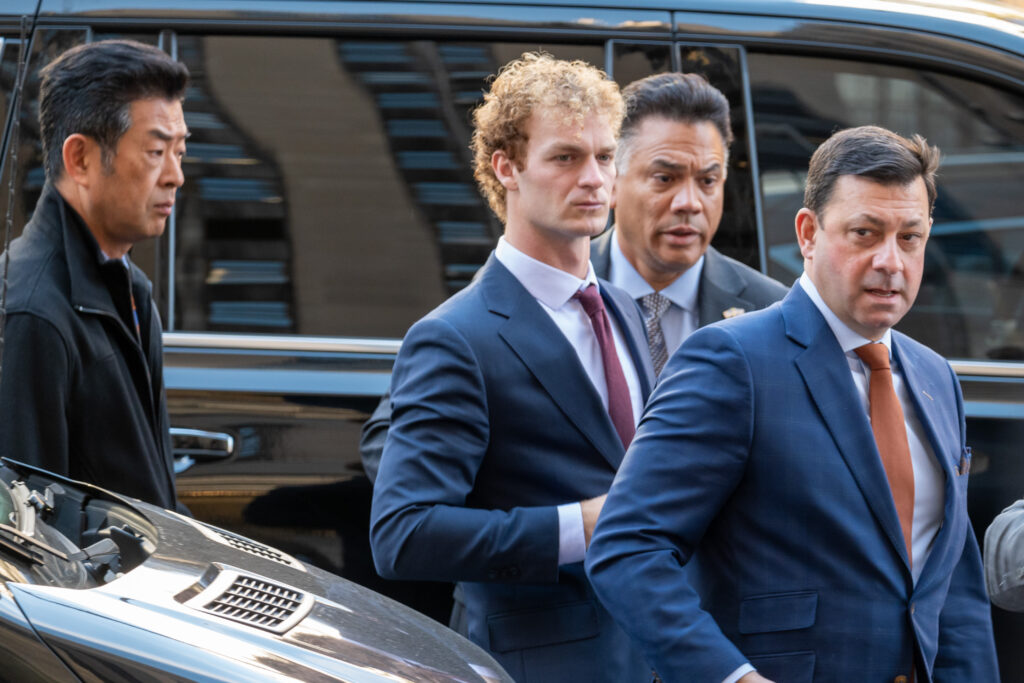
The jury stepped out again, and the judge wished everyone a good lunch, and joked that everyone would meet again for “the next note,” he joked.
Mr. Penny is charged with two counts–manslaughter in the second degree and criminally negligent homicide — which carry a maximum of 15 years and a maximum of 4 years, respectively. The judge had specifically instructed the jury that it cannot consider the lesser charge until the 12 Manhattanites–seven women and five men–have unanimously agreed to find Mr. Penny not-guilty on the first, more serious, charge.
Last year, Manhattan district attorney Alvin Bragg charged Mr. Penny with second-degree manslaughter and criminally negligent homicide in the death of Neely. Mr. Penny, a 26-year-old man from West Islip on Long Island, had served in the Marine Corps for four years as an infantry squad leader and was honorably discharged in 2021, according to his LinkedIn. At the time of tragic incident, Mr. Penny was living in the East Village, at Lower Manhattan and studying architecture and engineering at City Tech in Brooklyn.
On May 1, 2023, Mr. Penny was on a Northbound F-Train, headed for his gym, as he told later.police officers, when at the Second Avenue stop, beneath the East Village, Neely got on the train car. He almost missed the train but, according to witnesses, put his hand through the closing door and managed to get on. Neely, who was 30 years old and homeless at the time, was a street performer, known for his Michael Jackson impersonations on subways, and could be seen moonwalking at Times Square. He also had a history of drug abuse, mental illness and arrests. Both men, Mr. Penny and Neely were exactly the same height, (6 feet, one inch).
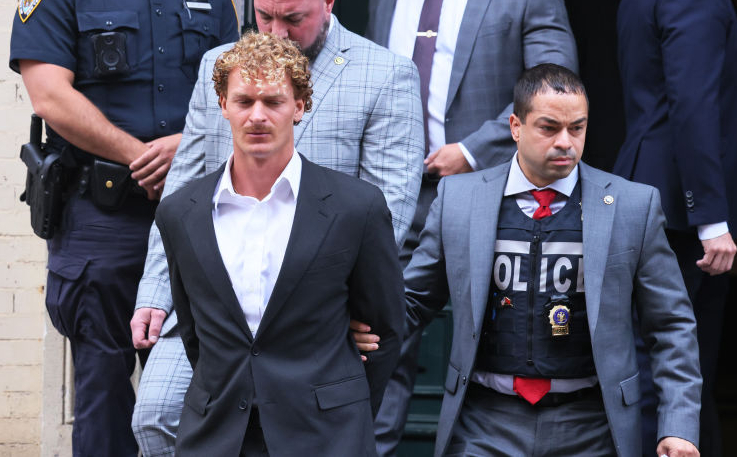
When Neely entered the train, witnesses testified, an overwhelming, repellant odor of human feces filled the car. Neely aggressively tossed his jacket to the ground and then began shouting at subway riders, witnesses testified, yelling that he was hungry, thirsty, ready to die and ready to go to prison. Witnesses described Neely’s behavior as erratic, menacing and extremely frightening. One woman said it was “Satanic”, another woman said she was scared for her life, and a mother from Brooklyn hid her five year old son behind her stroller. All the witnesses agreed, however, that Neely did not physically attack anyone. He also turned out not to have been carrying a weapon.
Mr. Penny, who perceived Neely as a severe threat, grabbed him from behind, placed him in a chokehold, and brought him to the floor, in an attempt, as he would tell officers, to protect himself and the other passengers. After the train pulled into the next station, and the doors had opened, Mr. Penny lay on the subway car’s floor in a macabre embrace with Neely, who was struggling to break free, in the chokehold for about six minutes.
Prosecutors alleged that Mr. Penny held the chokehold for too long and used excessive force. He acted recklessly, they argued, because having been trained in chokeholds during his service in the Marines Corps, he should have known that chokeholds can be fatal. The defense disagreed, arguing that Mr. Penny did not apply continuous pressure onto Neely’s neck the entire time, and did not intend to kill him, but was trying to restrain him until the police arrived. When first responders got to the scene, Neely was unresponsive. He was pronounced dead at the hospital an hour later.
The trial, which has lasted seven weeks, including jury selection, heard over forty witnesses, including eyewitnesses, subway riders, police officers, medical personnel and experts.

